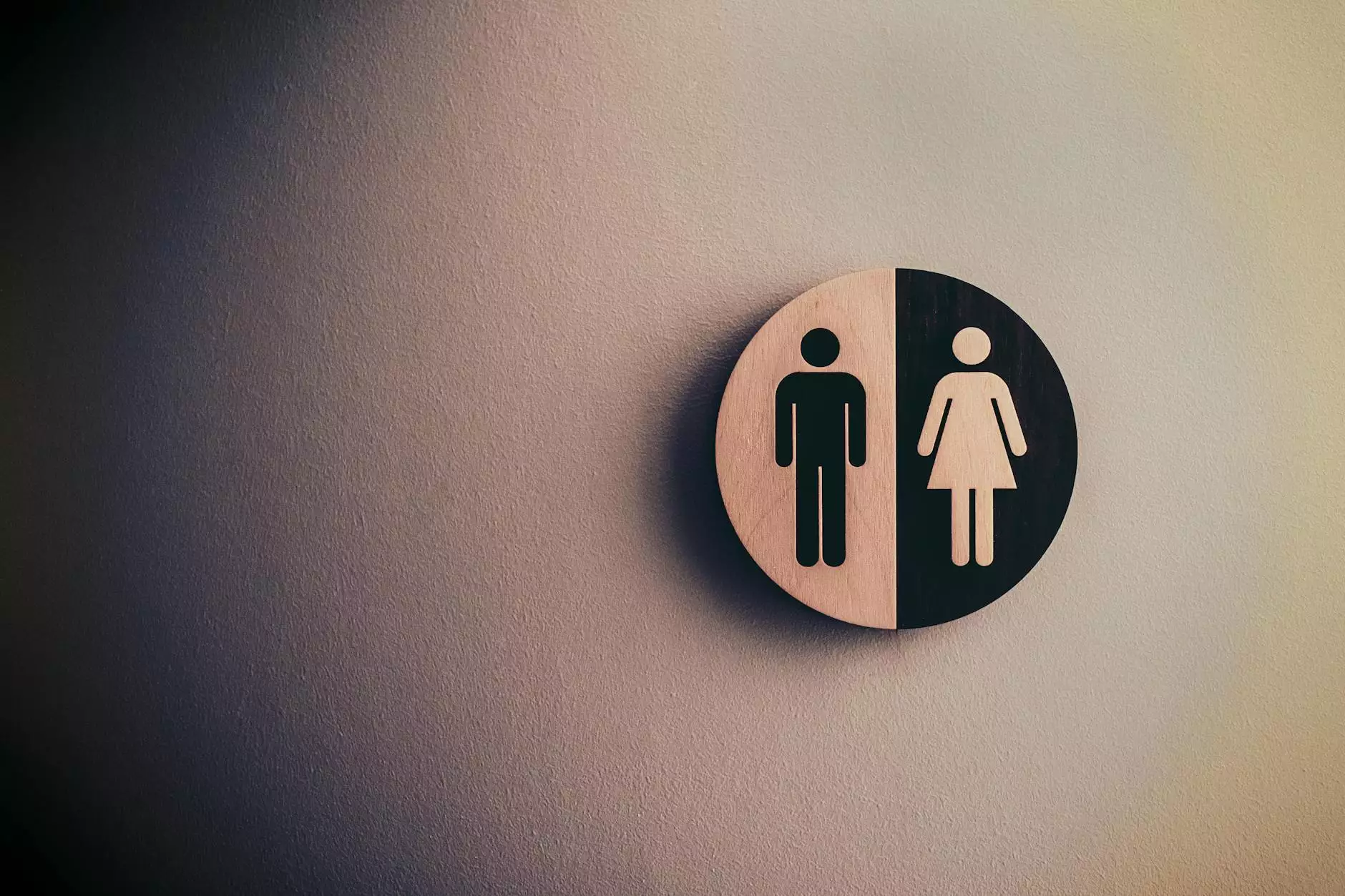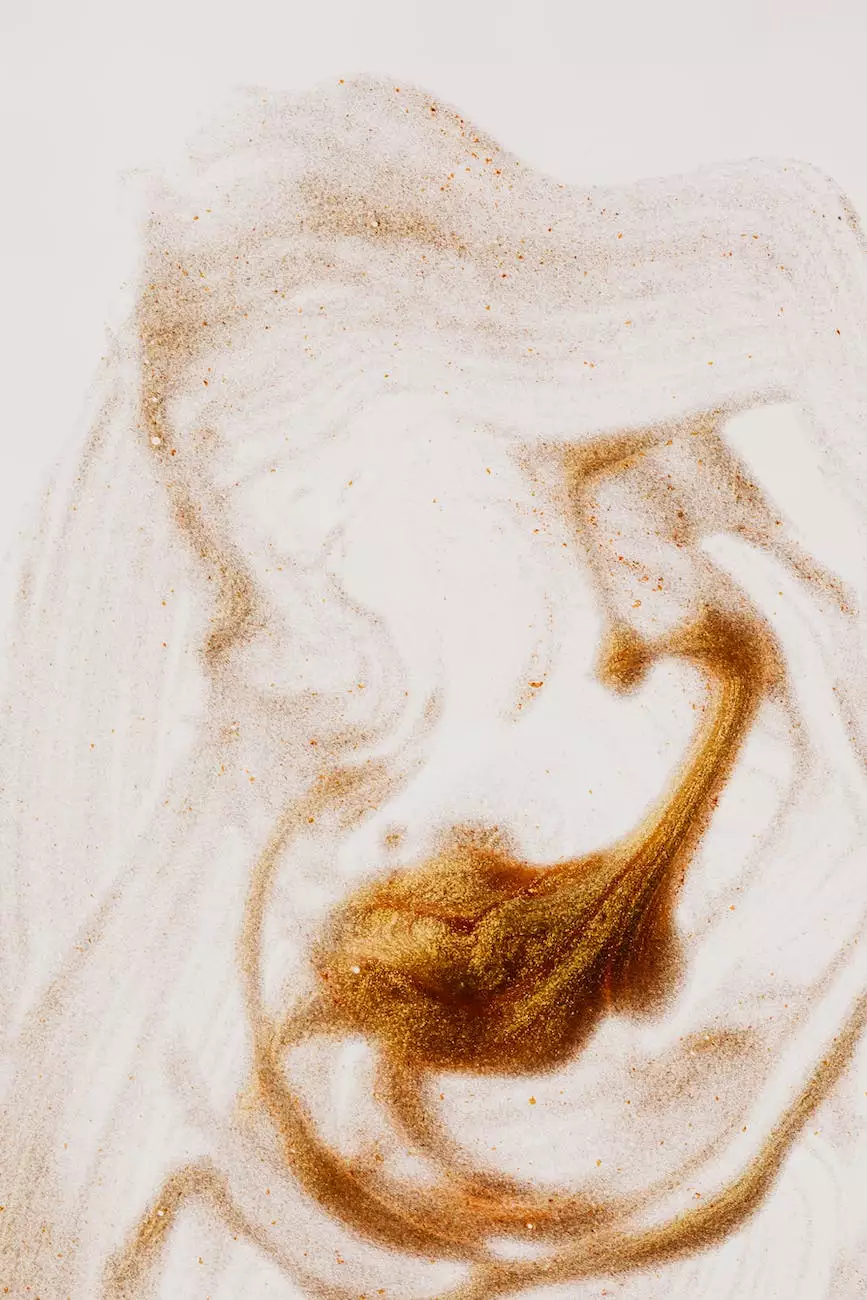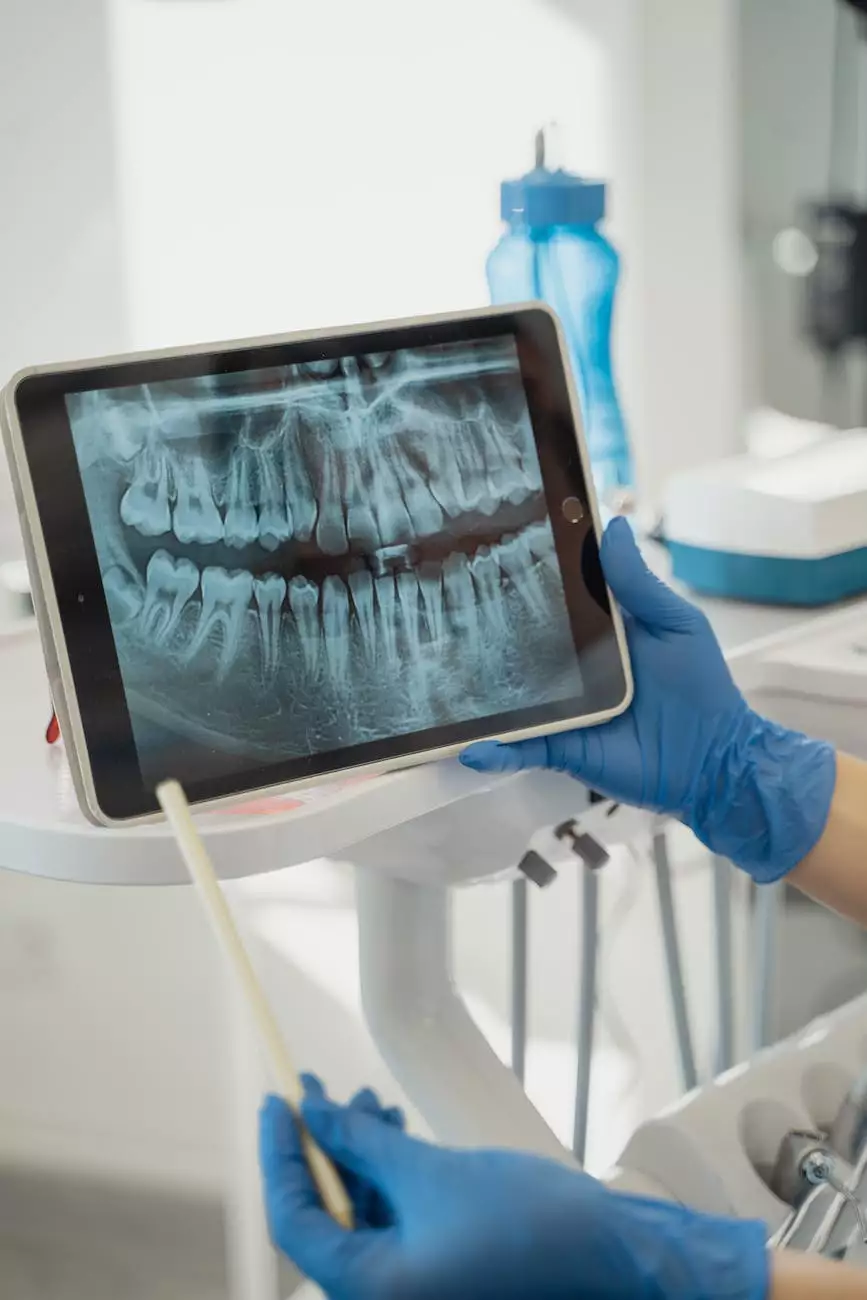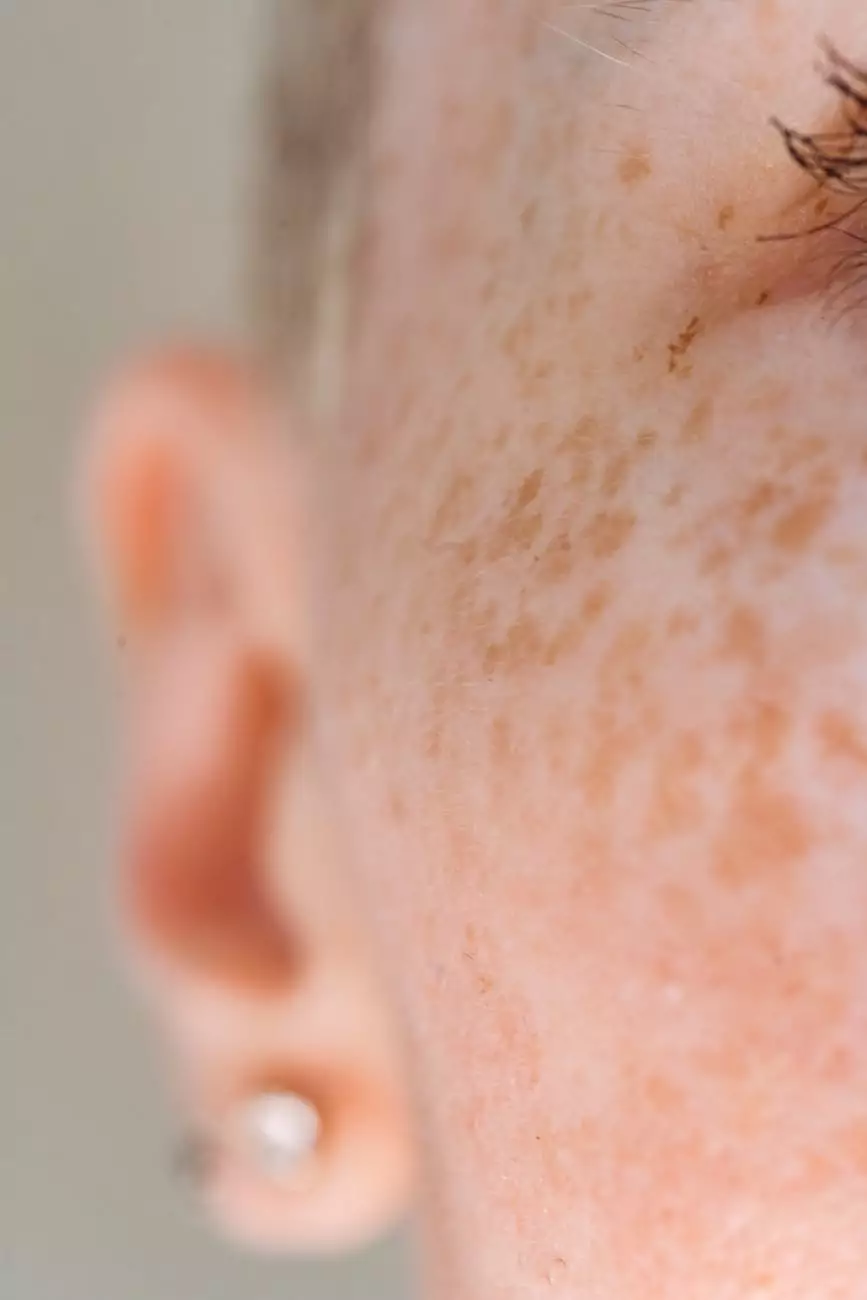Mole Removal Post Care
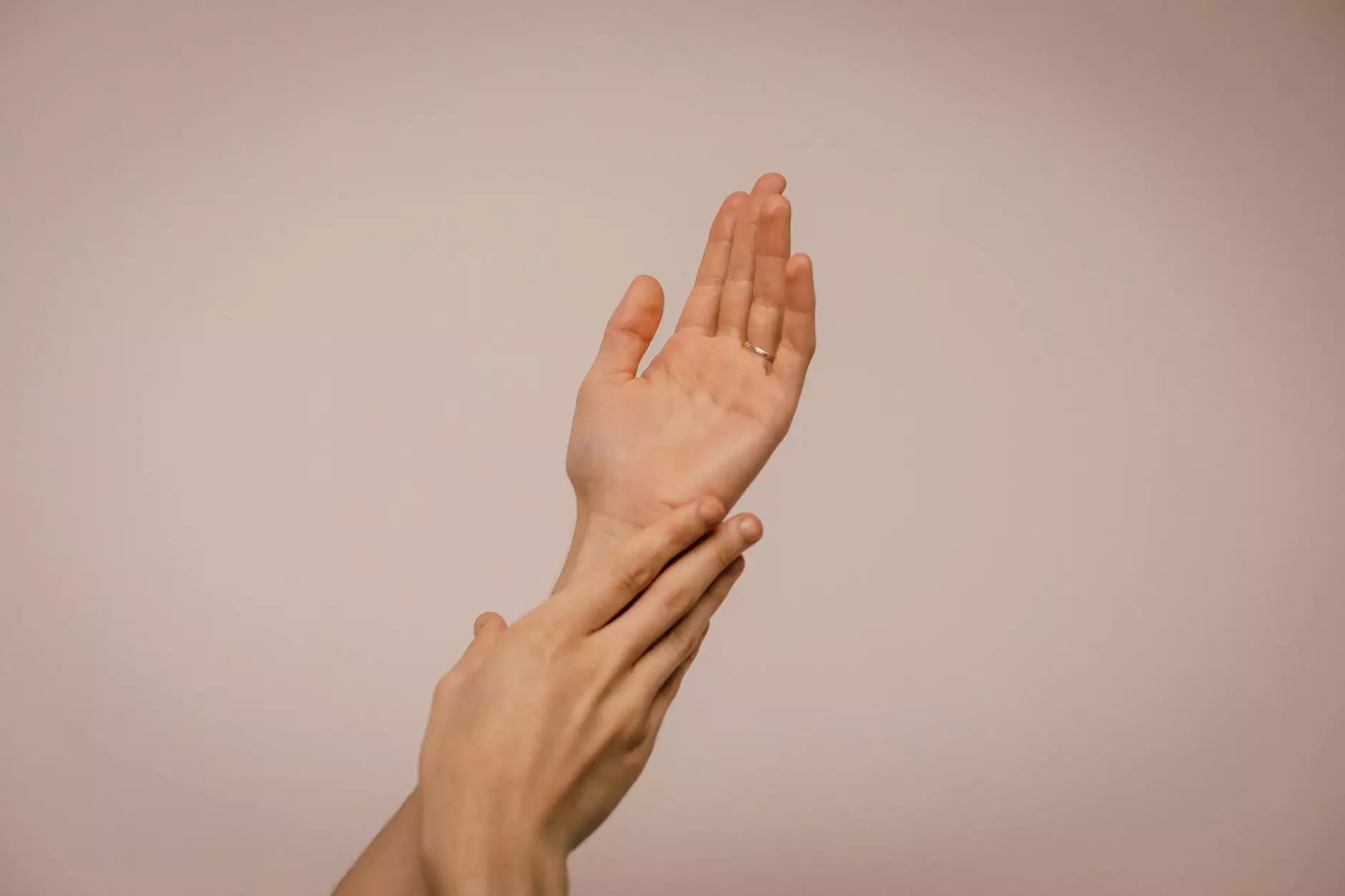
Introduction
Thank you for choosing Foley James D MD as your trusted healthcare provider for mole removal. We understand that post-care is crucial to ensure a successful healing process and minimize any potential complications. This comprehensive post-care guide will provide you with all the necessary information and tips to help you recover comfortably following your mole removal procedure.
The Healing Process
After undergoing mole removal at Foley James D MD, it is essential to understand the typical healing process. Your skin will require time to recover, and it's important to follow your physician's instructions carefully.
Initially, you may experience some mild discomfort, swelling, and redness around the area where the mole was removed. This is a normal reaction of the body and should subside gradually within a few days.
During the healing process, it is crucial to keep the treated area clean and protected. Your physician may recommend specific aftercare practices to ensure optimal healing. It is important to follow these instructions to minimize the risk of complications and to promote faster healing.
Post-Care Tips
1. Keep the Area Clean
Proper hygiene is essential to prevent infections and promote healing. Clean the treated area gently with mild soap and water, taking care not to scrub or irritate the skin. Pat the area dry with a clean, soft towel and avoid rubbing.
2. Protect the Treated Area
Protecting the treated area is crucial during the healing process. Avoid any activities that could lead to friction, such as rubbing or scratching the area. If necessary, your physician may recommend using a protective bandage or dressing to cover the mole removal site.
3. Apply Topical Medications as Prescribed
Your physician may prescribe topical medications, such as antibiotic ointments or creams, to promote healing and prevent infection. Follow the instructions provided by your healthcare provider regarding the application of these medications.
4. Avoid Sun Exposure
Direct sunlight can be harmful to the newly treated skin. Protect the area from sun exposure by using a broad-spectrum sunscreen with a high SPF. Consider wearing protective clothing, such as long sleeves or a hat, when going outside.
5. Be Cautious with Physical Activities
Avoid engaging in strenuous activities or exercises that may cause excessive sweating or pressure on the treated area. Consult with your physician regarding any restrictions on physical activities after mole removal.
6. Follow Up with Your Physician
It is important to attend any follow-up appointments scheduled by your physician. During these visits, your healthcare provider will evaluate your healing progress and address any concerns you may have.
Possible Complications
While mole removal is considered a safe procedure, there is a slight risk of complications. It is essential to be aware of these potential complications and seek medical attention if you experience any abnormal symptoms.
1. Infection
Infection is a possible complication after mole removal. Signs of infection may include increased pain, redness, swelling, pus, or fever. If you notice any of these symptoms, contact your healthcare provider immediately.
2. Scarring
Scarring is a common outcome after mole removal. The extent of scarring varies from person to person. Following proper post-care instructions and keeping the treated area clean can help minimize the appearance of scars.
3. Skin Discoloration
In some cases, the treated area may experience temporary or permanent skin discoloration. This can manifest as hyperpigmentation (darkening) or hypopigmentation (lightening) of the skin. The discoloration usually resolves with time.
4. Allergic Reactions
Although rare, allergic reactions to medications used during the procedure or in the aftercare process can occur. If you experience symptoms such as rash, itching, or difficulty breathing, seek immediate medical attention.
Conclusion
At Foley James D MD, we prioritize your well-being and aim to provide a seamless and successful mole removal experience. By following the post-care tips outlined in this guide, you can ensure optimal healing, reduce the risk of complications, and achieve the best possible outcome. If you have any concerns during your post-care process, do not hesitate to reach out to our dedicated healthcare team. Your comfort and satisfaction are our top priorities.

